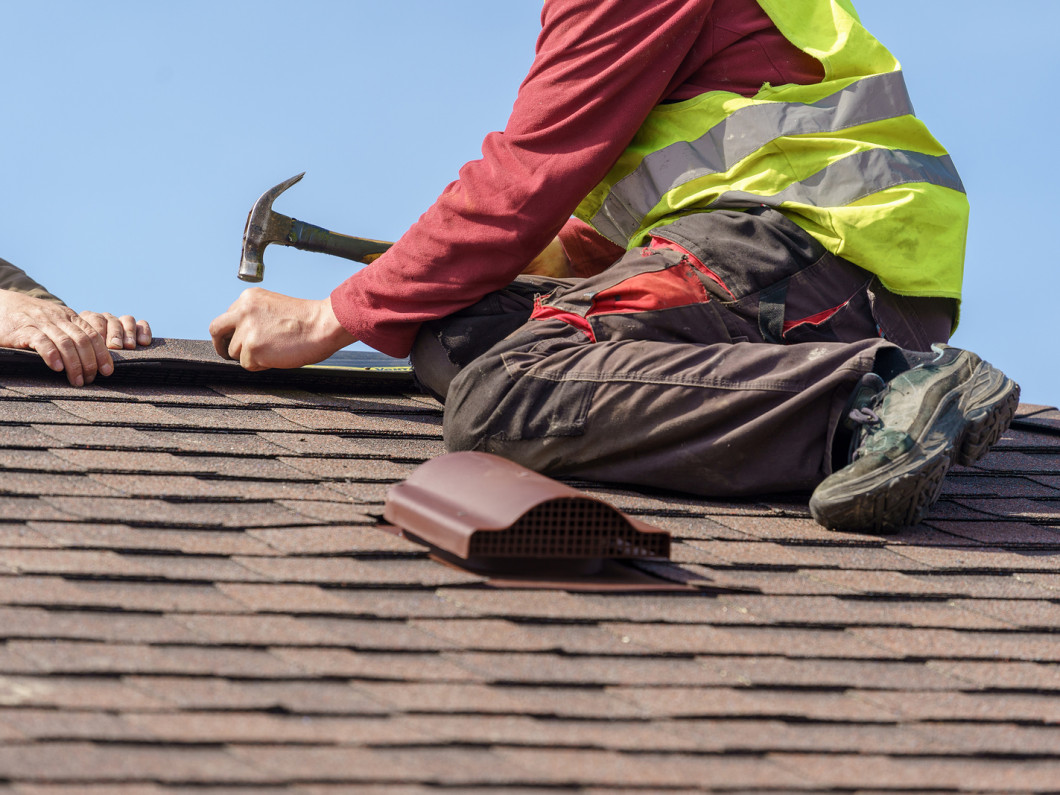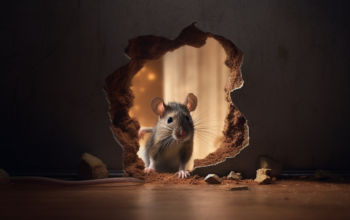9 Common Roofing Issues You Might Encounter – 2021 Guide
Every new homeowner will inevitably encounter an issue at some point during the duration of their homeownership. Many people live in their homes for decades, which means they are likely to run into roofing issues eventually. When you think of homeowner problems, you might think of leaks or mold or outdated cabinetry. Rarely does one think of roofing when picturing their dream home or the longevity of a home? But the fact is, the roof is an important part of a property’s structural integrity and should be regarded as such. With that in mind, here are a few roofing issues that you might run into as a homeowner:
1. Leaks
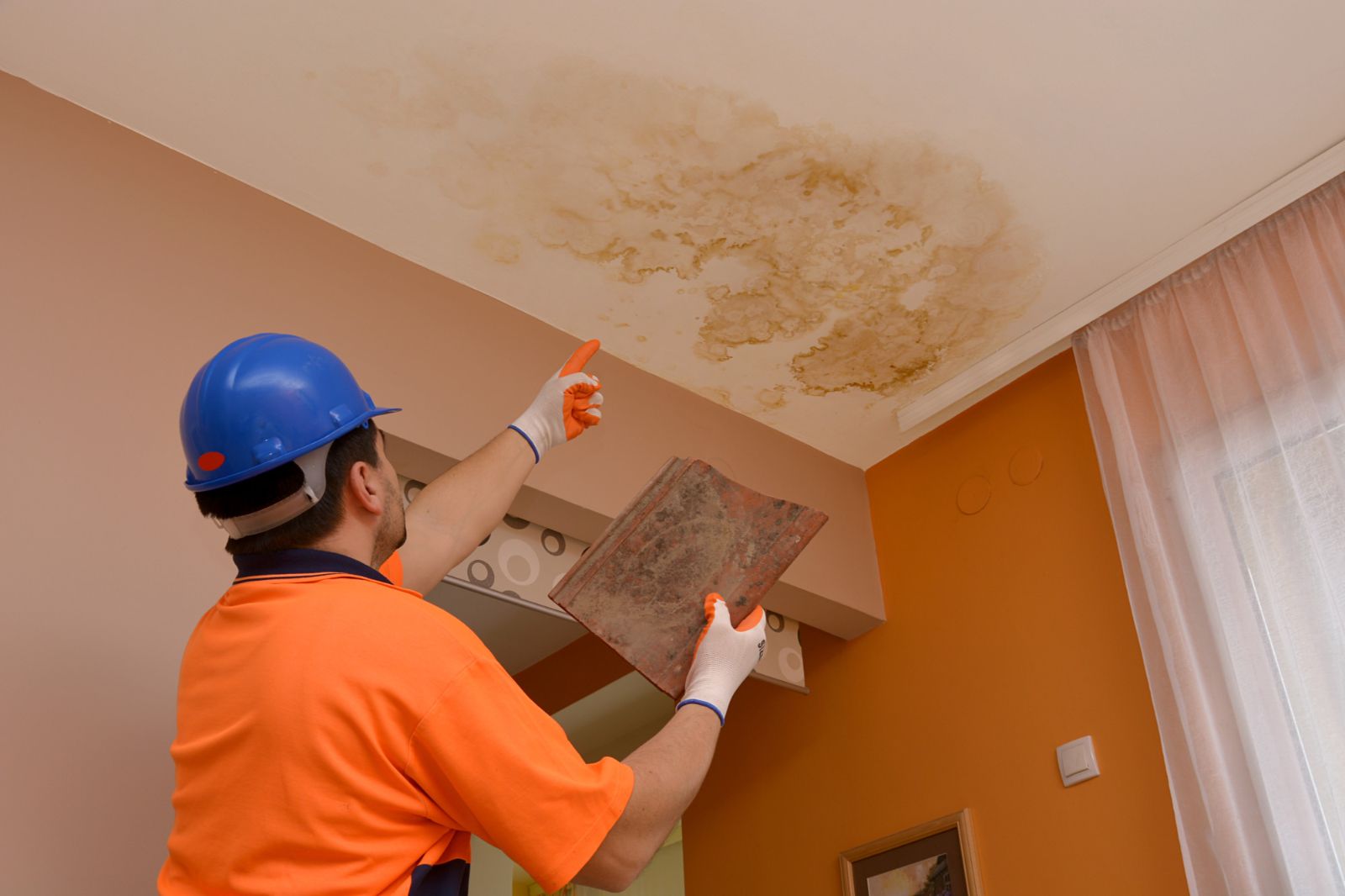
Leaks are by far the most common issue homeowners have with their roof. Aaron Seward, a writer at Architect Magazine, stated that many roofs only last about half their suggested lifetime, and water intrusion makes up over 70% of construction litigation. According to AllClimateRoofing, a local roofing company, improper installation is easily one of the biggest culprits.
A one seemingly simple mistake can leave a joint or seam vulnerable, and all water needs is a little wiggle room to make its way in. Roofs have a tendency to leak around the gutters, under damaged shingles, at flashing points, near the chimney, and close to pipes and vents. If you notice any signs of leaking coming from your ceiling, you should contact your local roofing company right away.
2. Roof Shrinkage
Roof shrinkage is exactly as it sounds. This is when the membrane (or coating) of your shingles shrinks. The membrane of your roof shingles is designed to protect against harsh weather and temperature, but there are several reasons why shrinkage might happen. For example, perhaps the membrane was poorly manufactured or installed on the roof incorrectly, it could cause shrinkage. The pressure from shrinkage can also result in tears and cracks that eventually lead to leaks.
3. Snow & Ice Damage
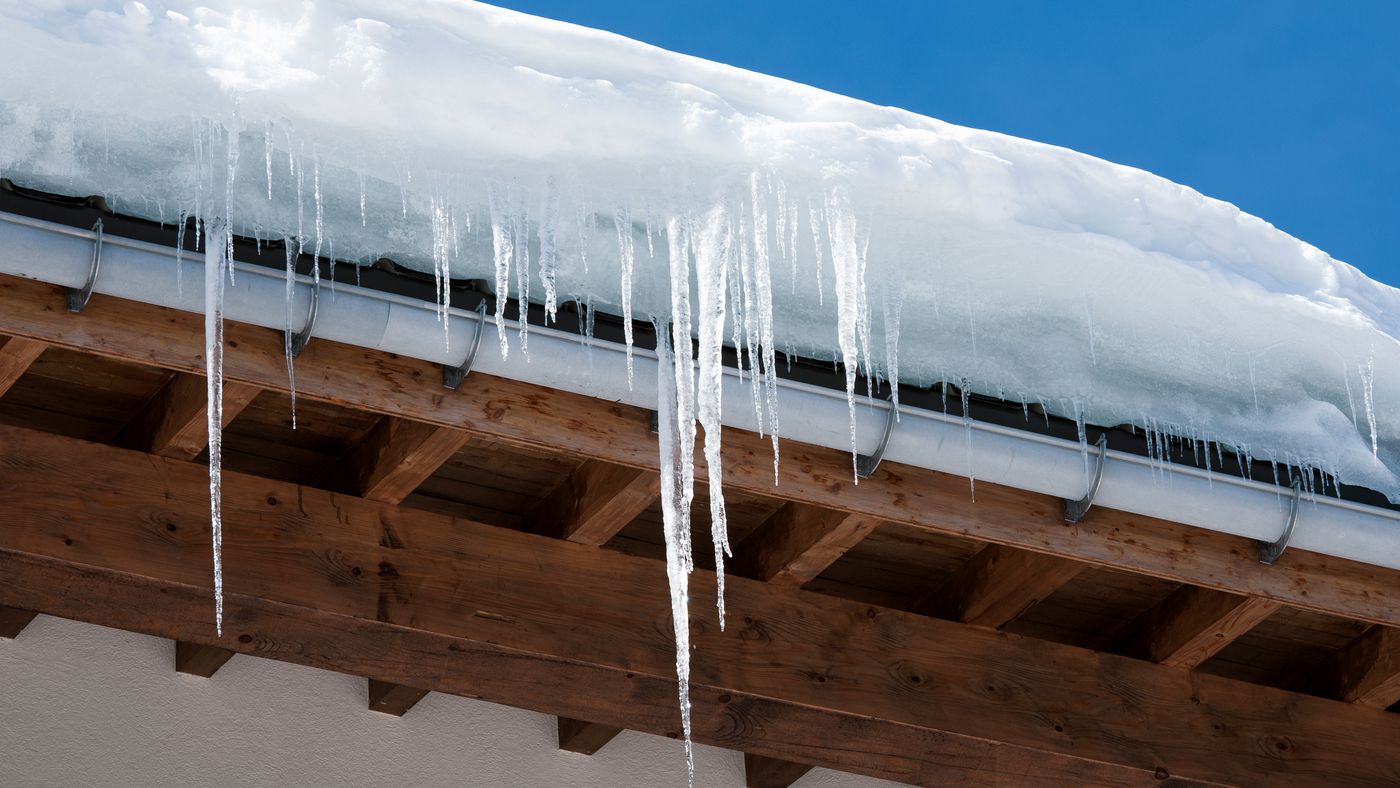
If your home is hit with snow and ice during the winter, these weather elements will likely have an impact on your roof after a few years. This is because snow and ice eventually turn to water that can pool on your roof and seeps underneath your roof’s shingles. In some cases, even after it has seeped under the shingles, it can refreeze once settled there. Refreezing can cause water underneath the shingles to harden and create gaps and cracks that leave your roof even more susceptible to leaks.
4. Tree Damage
When you think of tree damage, you think of trees falling on homes, perhaps during a storm. However, this isn’t always the case. Tree damage can create excessive wear and tear on your roof by simply rubbings its branches against your roof for extended periods of time. If you notice that tree branches are coming into contact with your roof, start looking into branch cutting or tree removal services.
5. Improper Installation
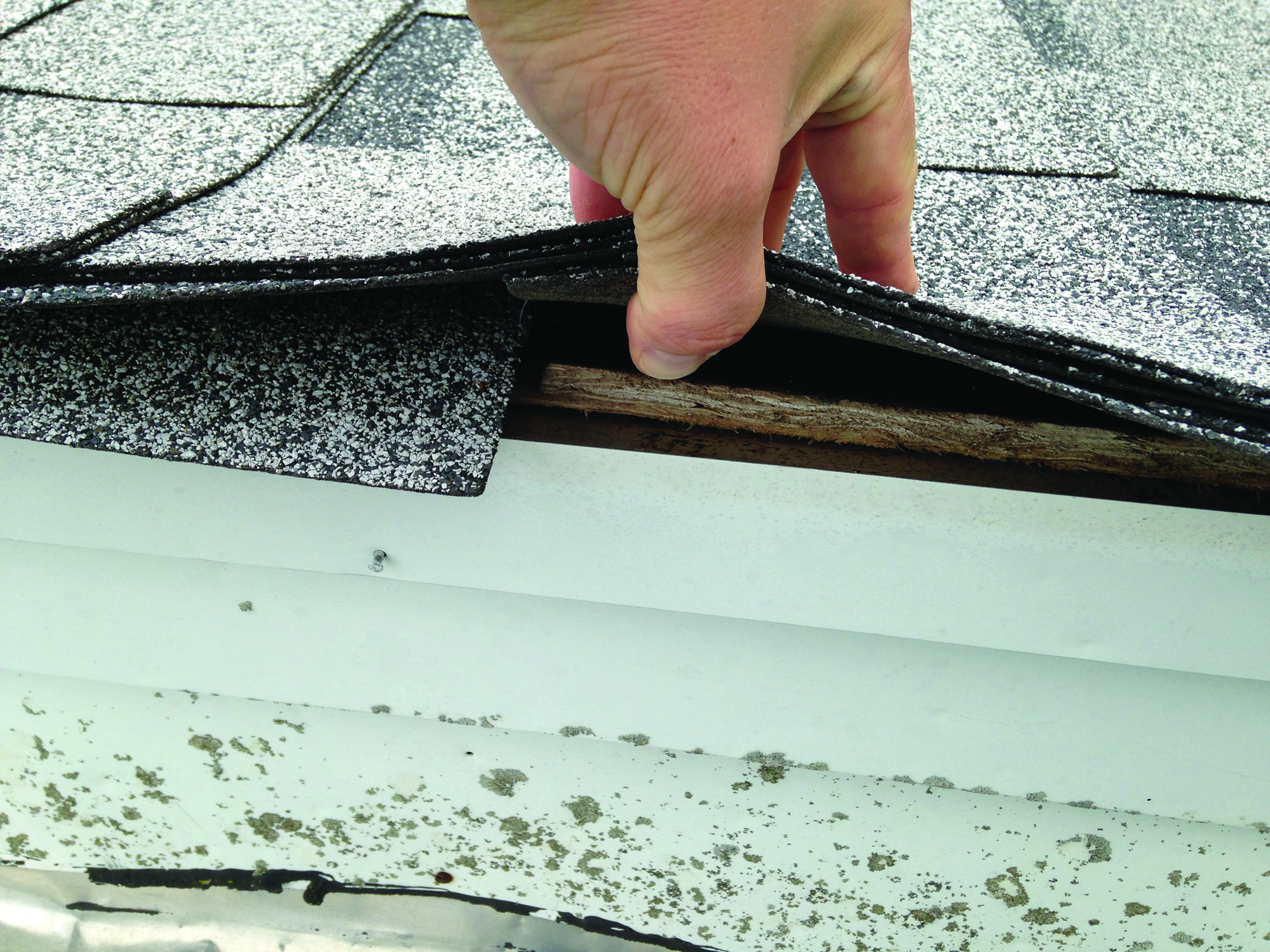
As previously mentioned, improper installation can have a big impact on the ability of your roof to perform its desired function. Many leaks could have been avoided in the installation process. Unfortunately, sometimes this improper installation starts long before construction has begun, at the architecture level.
Contractors follow construction documents to the dot to ensure total accuracy of all parts, but if the roofing needs weren’t carefully planned from a design level, they will be executed at such. Unfortunately, they usually aren’t aware of any major design flaws until someone is already living in the home, and it may not be until years later.
In other cases, you might purchase a home that needs roof repair, hire a company, and then find out later down the line that the installation job wasn’t up to par. Always research your roofing company to ensure they have a good track record and adequate reviews.
6. Poor maintenance
If you thought all your problems with the old roof were over the moment you replaced it with a new one you are mistaken! For your roof to last for years, it is necessary to maintain it regularly, ie to check the roof once a year. This should be especially taken into account after storms when there is a high chance that the roof is damaged or that the wind has blown away several roof tiles. In addition to the quality of the roof, attic ventilation plays a very important role. It occurs naturally and allows warm air to go through the top (because it rises naturally) and cold air through the bottom. If the ventilation does not work as it should, the chances of moisture in the attic are high, and it can further lead to rafter’s damage, increased electricity consumption, as well as the appearance of mold.
7. Pooled water
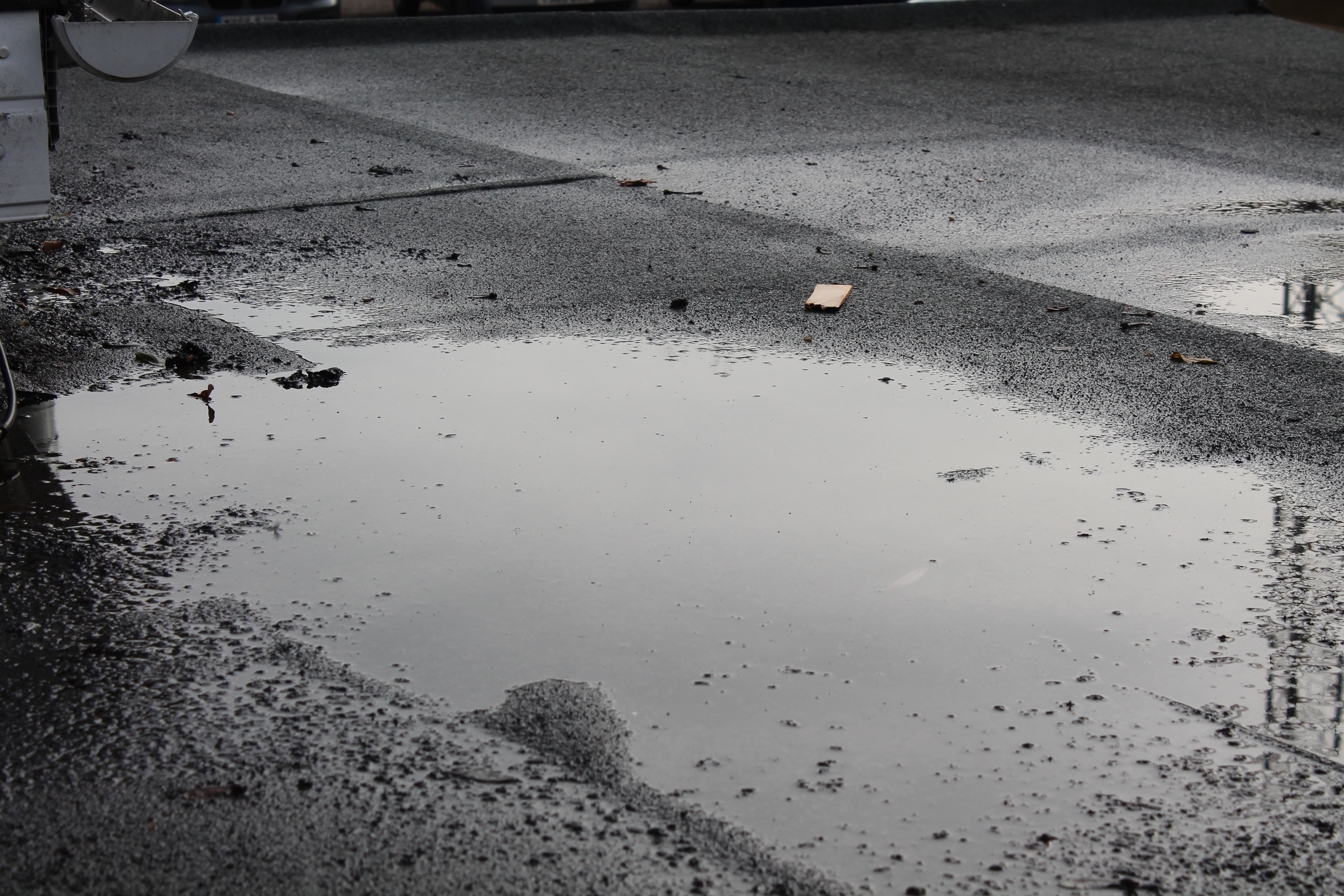
This is a problem often encountered by those who have flat roofs. Water accumulates in some places forming pools. The best way to solve this problem is to form tapered areas that will help the water to run off.
8. Clogged gutters
The task of the gutter is to conduct all the water caused by precipitation from the roof to the ground. We must keep in mind that it is not always just water or snow, but that leaves also accumulate in the gutters, especially in autumn. To prevent clogging of gutters and damage from rot and creaking in the eaves, it is important to perform a routine check from time to time.
9. Moss
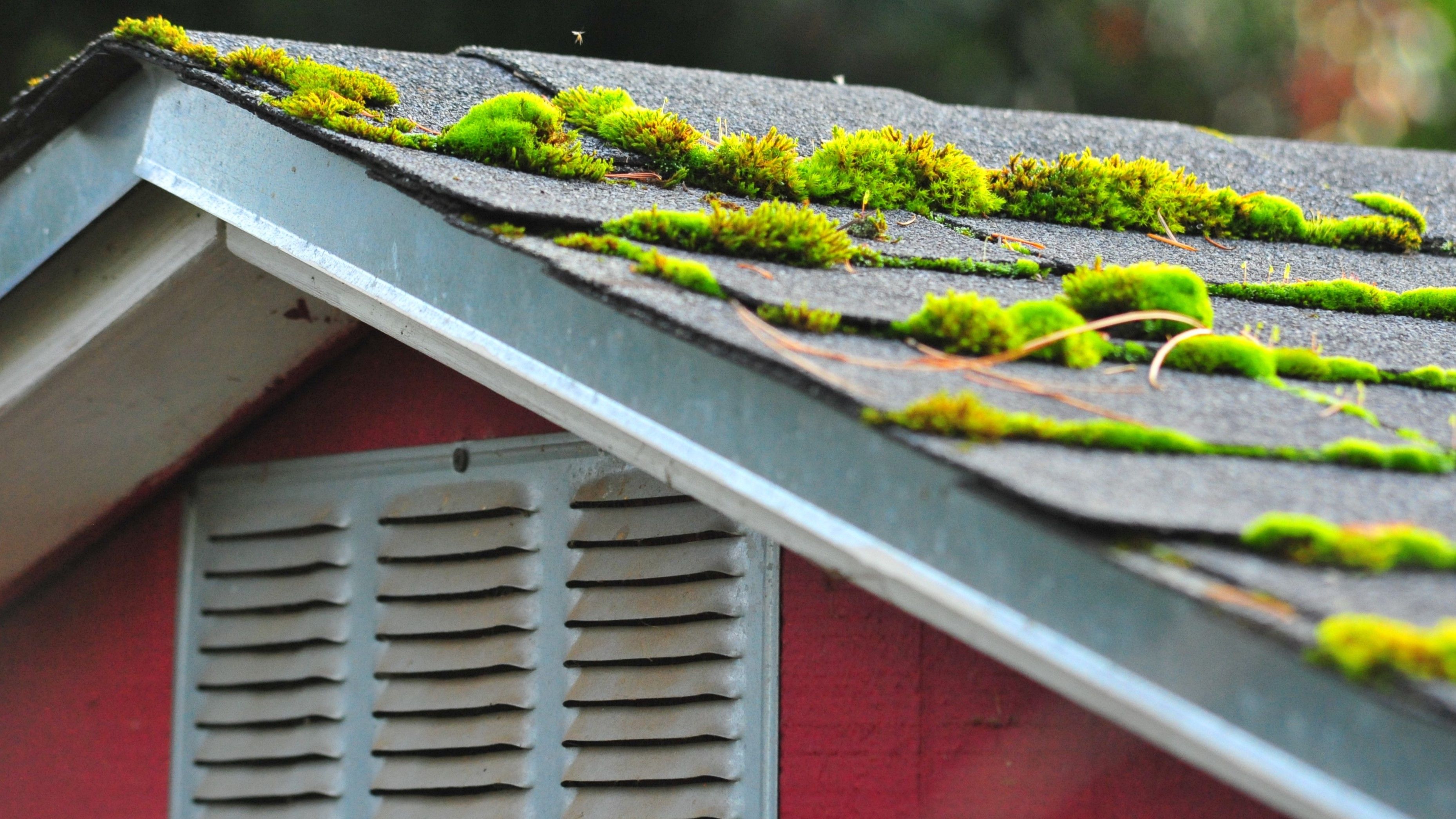
Moss is often present on roofs, especially in those parts where light does not reach much. Although many think it is harmless and just looks ugly, moss can also cause certain roof problems. Moss retains moisture. That is why it is very difficult to tolerate the transition from low to high temperatures, and this is something that many rotates of roof tiles cannot withstand, especially when it comes to soft roofs. It is also an ideal environment for bacteria to grow, and many insects find shelter in it.

